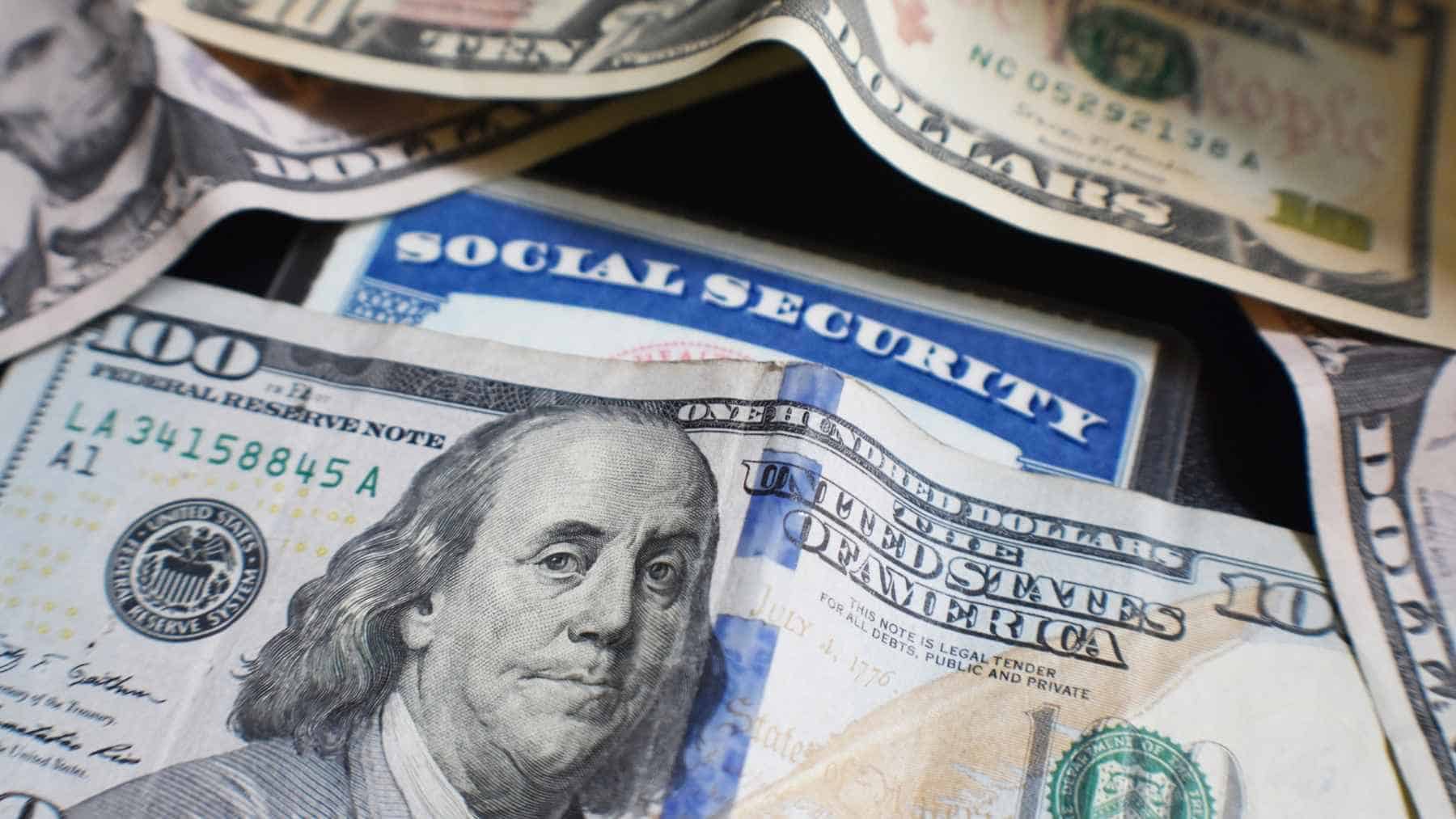The Social Security Administration (SSA) has dramatically changed its overpayment recovery rule. Initially, the SSA had set a 100% recovery, but now it has reintroduced a 50% rate for overpaid benefits. This means that if the SSA determines that you have been overpaid, it will withhold half of your monthly Social Security payments until the full amount has been recovered.
Why Did the SSA Change the Repayment Rate?
The SSA had earlier been authorized to withhold 100% of a recipients benefits for overpayment recovery but due to backlash and media scrutiny, a new 50% clawback rate was introduced. It was feared that the policy would cause retirees and disabled individuals most of whom rely heavily on Social Security benefits to receive $0 checks, leading to financial hardships.
Although the new 50% clawback rate is seen as a compromise, it is still a significant increase from the 10% that was in place during the Biden era. The 10% cap was in place to protect the most vulnerable individuals, especially those who rely solely on Social Security checks.
The 50% overpayment recovery rate took effect April 25, and it’s already causing concern among recipients and advocacy groups alike.
Why Social Security is Aggressively Recovering Overpayments
An overpayment occurs when the SSA sends more Social Security benefits than a beneficiary is legally entitled to. Individuals who usually receive overpayments are those who receive Social Security Disability Insurance (SSDI) and Supplementary Security Income (SSI). Overpayments can occur because of the following:
- Failure by recipients to report changes in income or living arrangements on time.
- A recipient’s recovery from disability.
- Clerical errors or outdated data on file at the SSA.
Regardless of the party at fault, the SSA is legally obligated to recover the overpayments. In most cases, recipients are not even aware that they have been overpaid until they receive a notice in the mail and sometime it takes years.
What the 50% Clawback Means for You
Under the new rule, you can lose up to 50% of your monthly benefit. For example, the average SSDI payment in 2025 is $1,581.88, and with a 50% clawback, the recipient would receive only $790.44 per month until the overpayment amount has been paid fully.
The Acting Commissioner of the SSA, Lee Dudek defended the rul,e saying, “We have the significant responsibility to be good stewards of the trust funds for the American people… to properly safeguard taxpayer funds.”
Despite the decline from 100% to 50%, critics still argue that the new rate is unreasonably harsh. Former SSA commissioner Martin O’Malley said, “It’s half as cruel, but it’s still cruel,” describing the hardship it could cause elderly and disabled beneficiaries, most of whom live paycheck to paycheck.
Are Some Recipients Subject to Worse Recovery Rates?
Although the new default rate is 50%, the SSA has announced that individuals overpaid after March 27 could still be subject to 100% withholding. This means that the SSA could still take your entire check if they find that you were overpaid, unless you appeal.
What to Do If You Received an Overpayment Notice
If you received a letter saying you have an overpayment, here is what you should do:
- Review the notice carefully and understand the amount and the reason for the overpayment.
- Compare with your records and look for any mistakes or discrepancies.
- Appeal or request a waiver if you believe you were not overpaid or if it was not your fault. You can also request the SSA to waive the debt if repaying it could cause you financial hardships.
- Negotiate a lower repayment rate whether you are under 50% or 100% rule based on your financial situation.
Note that if you appeal or ask for a waiver, the SSA will not pursue collection. However, you must file quickly before the SSA starts to recover the overpayment.
How You Can Avoid Overpayments
Overpayments are not always avoidable because sometimes they could be a result of the SSA’s mistakes. However, you can reduce the risk by:
- Reporting any changes in income, living arrangements, or disability status promptly.
- Reviewing your benefit statements regularly for any irregularities.
Conclusion
Although the 50% clawback rule seems like a compromise compared to the 100% withholding policy, many recipients could still face a financial disaster if they lost half of their monthly income. While the SSA defends the move as necessary to protect taxpayers’ money, critics argue that it hurts the most vulnerable individuals in the society.
If you have received an overpayment notification, you still have options to appeal, or request a waiver but you have to act promptly.

